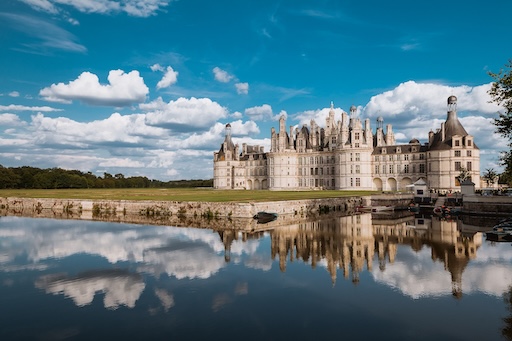
In the heart of the France's Loire Valley, where fairytale châteaux sprout like flowers along the riverbanks, one castle stands out—not for its age or history alone, but for its sheer audacity. **Château de Chambord** is a glorious architectural riddle dressed as a royal hunting lodge, a place where spiral staircases lead to nowhere and towers rise like chess pieces on a limestone board.
Commissioned by King Francis I in the early 1500s, Chambord was meant to impress—royalty, rivals, visiting ambassadors, even himself. He only stayed here a handful of times, but what he left behind is one of the most fascinating buildings in Europe: massive, mysterious, and majestically eccentric.
A Castle or a Daydream?
Chambord feels like the product of a fever dream—part fortress, part palace, part fantasy novel. With over **400 rooms**, **282 fireplaces**, and **84 staircases**, it’s more than a royal residence—it’s a statement of power, ambition, and unfiltered imagination.
The entire structure is crowned with a wild skyline of chimneys, lanterns, and spires, as if a cathedral collided with a knight’s fortress. From afar, it’s beautiful. Up close, it’s baffling.

The Leonardo da Vinci Connection
Legend (and some scholars) say that **Leonardo da Vinci**, who was invited to France by Francis I, may have had a hand in Chambord’s design. The famous **double helix staircase** in the center of the château is often cited as evidence. Two people can ascend and descend at the same time without ever meeting—just like in a dream or a drawing of impossible geometry.
Whether it was da Vinci or a very inspired architect, the spiral symbolizes Chambord’s identity: elegant, mind-bending, and a little theatrical.
Built for the Hunt, Fit for a King
Strangely, despite its grandeur, Chambord was never meant to be a permanent royal residence. It was built as a hunting lodge. Yes—a hunting lodge the size of a small town. Surrounded by the largest enclosed forest park in Europe (over 13,000 acres!), it offered the king a place to show off his power… and his archery skills.
Today, the grounds still host deer and wild boars, though visitors are more likely to spot picnickers and photographers than noblemen with falcons.
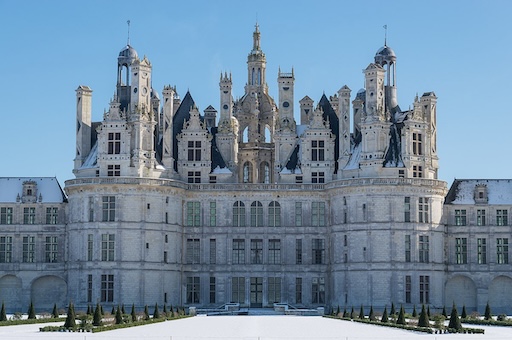
More Maze Than Mansion
Walking through Chambord can feel like entering an M.C. Escher illustration. Staircases take you up, around, and sometimes nowhere. Room after room echoes with your footsteps. Some are furnished; others are empty, waiting for your imagination to fill them.
Don’t miss the rooftop terrace—arguably the most whimsical part of the château. From there, you can wander between turrets and look out across forests that once echoed with royal hunts and court gossip.
Chambord After Hours
If you’re lucky enough to visit in the evening or during one of the château’s rare candlelit nights, Chambord takes on an entirely different personality. Shadows stretch across the stone, and the air hums with history. It's easy to imagine ghostly kings pacing the halls, plotting wars—or writing love letters.
There’s even an annual sound-and-light show that uses the façade as a massive screen, turning this Renaissance masterpiece into an open-air cinema.
A Royal Wonder Worth Getting Lost In
Unlike the polished glamour of places like Champs-Élysées or the artistic elegance of the Musée d'Orsay, Chambord is unapologetically wild. It doesn’t try to make sense—it dares you to explore.
And that’s its greatest charm. Whether you’re drawn by its artistic enigmas, its royal stories, or simply a desire to wander where walls feel like dreams carved in stone—Chambord delivers.
Just remember to bring a map. Or don’t. Getting lost is half the fun.
Share this story and inspire others.
Tags: Château de Chambord, Loire Valley, French castles, Leonardo da Vinci, Renaissance architecture, France travel
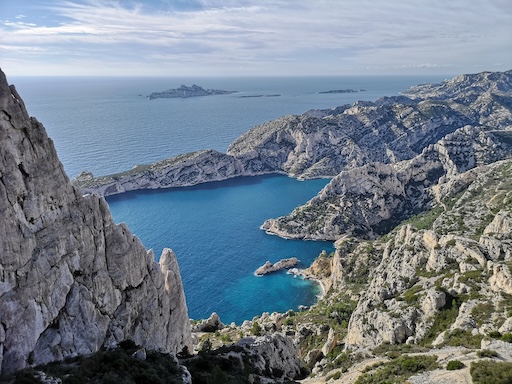 Parc National des Calanques – Limestone Cliffs and Hidden Blue Coves Near Marseille
Parc National des Calanques – Limestone Cliffs and Hidden Blue Coves Near Marseille
 Nice – Where the Riviera Glitters with Old-World Glamour
Nice – Where the Riviera Glitters with Old-World Glamour
 Verdon Gorge – France’s Grand Canyon of Emerald Waters
Verdon Gorge – France’s Grand Canyon of Emerald Waters
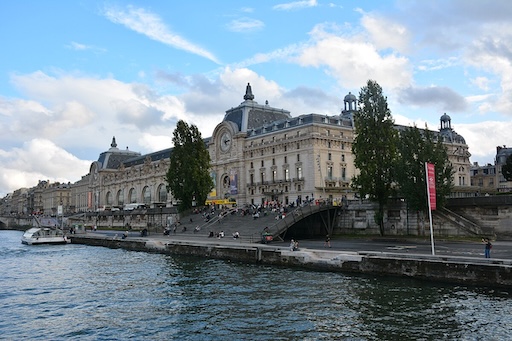 Musée d'Orsay – Where Impressionism Lives in a Former Train Station
Musée d'Orsay – Where Impressionism Lives in a Former Train Station
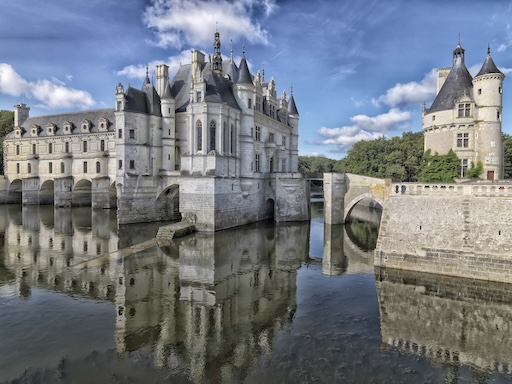 Château de Chenonceau – The Elegant Castle Over the Cher River
Château de Chenonceau – The Elegant Castle Over the Cher River
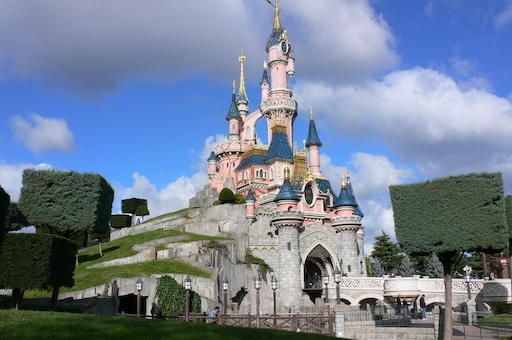 Disneyland Paris – Where Fairy Tales Speak French
Disneyland Paris – Where Fairy Tales Speak French
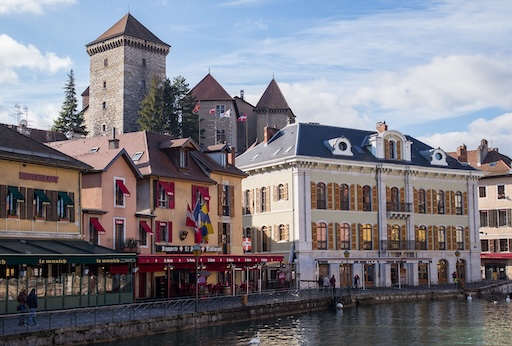 Annecy – The Venice of the Mountains
Annecy – The Venice of the Mountains